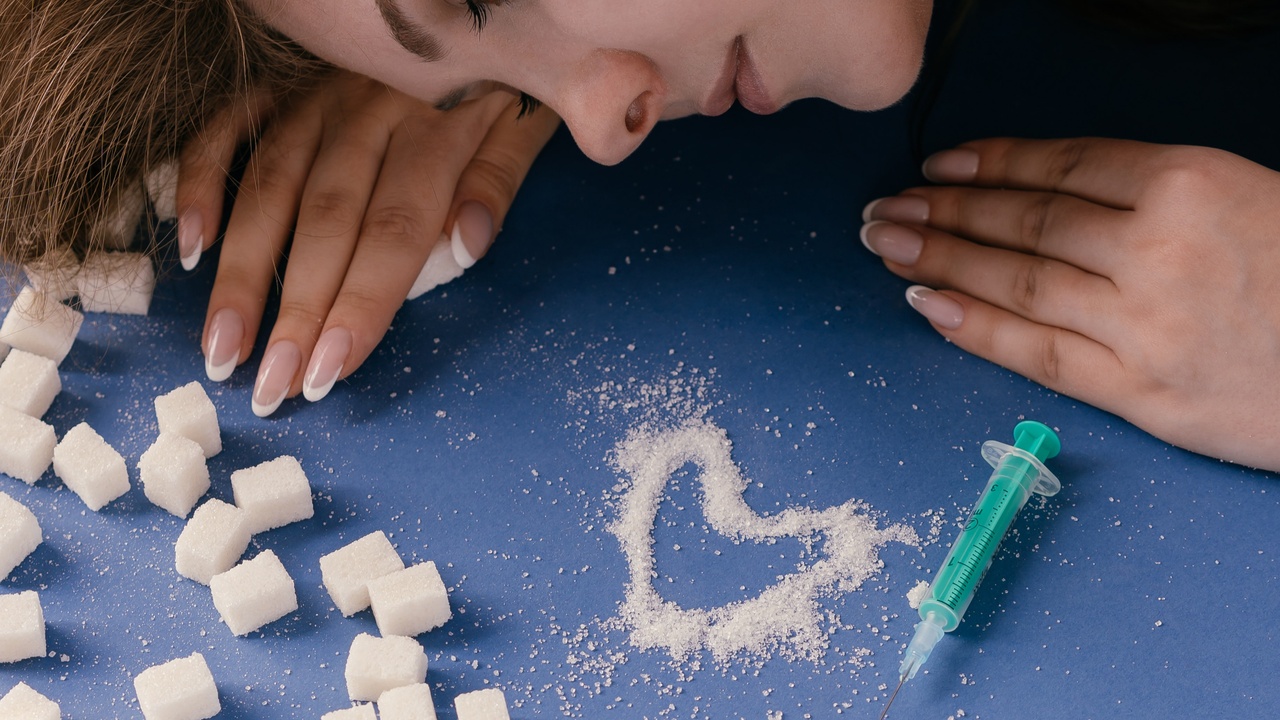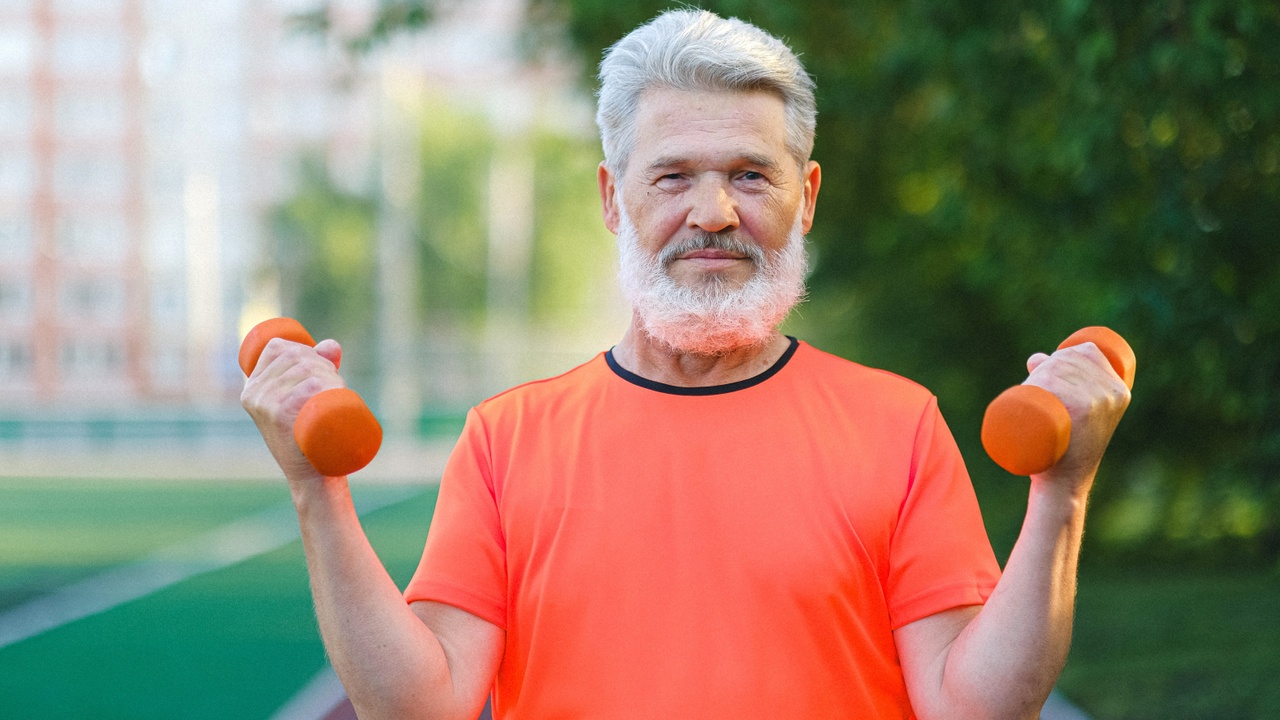Plant-Based Diet: Weight Loss and Arthritis Hope?

Plant-Based Diet: Weight Loss and Arthritis Hope?
By Dr. Sean Wells, DPT, PT, OCS, ATC/L, CSCS, NSCA-CPT, CNPT, Cert-DN
A recent study published in Obesity Science and Practice shows promise for patients wanting to lose weight, improve their metabolic status, and possibly reduce arthritis symptoms: all with dietary changes. The researchers examined 244 overweight individuals for 16 weeks. The subjects were randomly assigned to either a low fat plant-based diet or a control group that made no dietary changes. Both groups looked identical at the beginning of the study with similar body composition measures, insulin metrics, and self-reported advanced-glycation end-products consumption (AGEs).
After the 16 week intervention, the subjects in the plant-based group noted a significant reduction in body mass of 14 lbs compared to the 1 lb weight loss in the control group. Researchers noted that the plant-based group saw a significant reduction in fat mass, notably visceral fat. Another ma...
Rhodiola Rosea: A Physical Therapist’s Tool or Gimmick?

Rhodiola Rosea: A Physical Therapist’s Tool or Gimmick?
By Dr. Sean M. Wells, DPT, PT, OCS, CNPT, ATC/L, CSCS, NSCA-CPT, Cert-DN
Many patients in my practice come to me asking how they can get more energy for their daily activities. Of course, being a holistic physical therapist I talk with them about sleep hygiene, scheduling, daily aerobic exercise, and nutrition. While many of these interventions help significantly, some of my patients with autoimmune disorders often still struggle with energy and fatigue. I also have a subset of patients in my practice that simply just want more performance for their daily activities as well as for sports. Both of these groups of patients are willing to try almost any dietary supplement, which can be both good and bad: The willingness to try new things is good but many supplements are not regulated and can interact with drugs or cause severe Adverse Events.
Recently I was listening to the Huberman Podcast and Dr Layne Norton was discussing the...
Best Practices in PT for Hip and Knee OA Includes Dietary Interventions

Best Practices for Hip and Knee OA Includes Dietary Interventions
By Dr. Sean M. Wells, DPT, PT, OCS, CNPT, ATC/L, CSCS, NSCA-CPT, Cert-DN
A few months back a major article was published regarding osteoarthritis treatment guidelines from 6 major professional organizations. Physical therapists (PTs), athletic trainers (ATs), occupational therapists (OTs), and Physicians use these professional guidelines to help direct our care. As many of us know, OA can lead to great loss of function, increased pain, and higher expenses. As such, having the most current and best evidence is vitally important to helping our patients move better, have less pain, and reduce costs.
For years the mainstay treatment in physical therapy has been exercise and manual therapy. Obviously these treatments depend on the specific joint, as many DPTs often use aquatic therapy to help with hip osteoarthritis. Lately the utilization of dry needling has helped patients with knee OA. The use of other therapies like n...
Spooky Food for Halloween

Spooky Food for Halloween
By Dr. Sean M. Wells, DPT, PT, OCS, CNPT, ATC/L, CSCS, NSCA-CPT, Cert-DN
As we approach Halloween and the trick-or-treaters hit the street, we as physical therapists (PTs) and scientists need to be aware of a common food additive that can cause cancer. I know you're probably thinking this is another article that's bashing processed foods, but you might be surprised to learn that this food additive is in a lot of our food products, not just candy. Today the Center for Science in Public Interest (CSPI), along with a list of food and children watchdog groups, filed a petition to the Food and Drug Administration (FDA) to ban Red. 3.
This particular food dye, known for its unique red color, is used extensively in candies that are distributed on Halloween. Children consume a vast majority of this Halloween candy, which puts them at risk for cancer. Specifically, it has been known since the 1960s that Red 3 can cause cancer, particularly of the thyroid gland, in ...
CNPT Cited and Acknowledged in the Japanese Medical Association Journal and the Japanese Association of Rehabilitation Nutrition

By Dr. Sean Wells, DPT, PT, OCS, ATC/L, CSCS, CNPT, Cert-DN
I am humbled and honored to have my courses cited and acknowledged in the Japanese Medical Association Journal and the Japanese Association of Rehabilitation Nutrition. The authors cite my courses as a vital step forward for US PTs and the APTA in emphasizing nutrition for physical therapy practice.
In this free, full-text position paper the authors emphasize the data on how nutrition and PT can impact conditions like sarcopenia, quality of life, and PT goals. With exercise being a core component of our interventions, nutrition must also play a role in the rehabilitation process. From improvements in quality of life (QOL), health, and physical functions, incorporating nutrition with PT practice is important and impactful. The authors also highlight the need of PTs to evaluate nutrition status and the importance of working with a team, including dieticians, physicians, and nurses.
In the end the Japanese Medical Associatio...
Nutrition Crash Course for PTs
Recently I presented at the Florida Physical Therapy Conference at Disney World in Orlando, FL. My discussion was focused on Nutrition Recommendations for PTs. Needless to say the response was overwhelmingly positive! Here's a picture of the 190 chairs in the room before my presentation:

About 5 minutes into my discussion the event staff had to bring in more chairs as there was standing room only and people spilled out the door. The engagement of the PTs and PTAs in the room was amazing, and the feedback after the discussion was extremely positive and supportive. Overall, it is very clear that physical therapists and physical therapy assistants are hungry for more knowledge on nutrition for rehabilitation and PT outcomes.
As such, we are excited to announce a new course addition to our already fabulous line-up of nutrition courses for physical therapists and rehab professional: The Nutrition Crash Course for PTs. We understand some PTs may not want our full CNPT, 3 Course program, ...
Top 3 Diets to Reduce Processed Foods In Patients' Diets

Top 3 Diets to Reduce Processed Foods In Patients' Diets
By Dr. Sean M. Wells, DPT, PT, OCS, CNPT, ATC/L, CSCS, NSCA-CPT, Cert-DN
Recently there has been a lot of press regarding the negative effects of processed foods. From early cognitive decline to the chances of catching COVID-19 more easily, ultra-processed foods definitely have a negative impact on our health: both in the medium and long-term. Despite knowing this, how do we as physical therapists educate our patients on eliminating processed foods?
One of the best ways of doing this is to recommend a specific dietary pattern. A dietary pattern is a way for patients to follow a set of guidelines on what and how much to eat, as well as how to prepare their food. Dietary patterns that promote the least amount of processed foods include:
- Whole food plant-based diet. This dietary pattern is rich in whole foods, like fresh vegetables, fresh fruits, whole grains, and limited meat consumption. The diet is rich in oxidants and po...
Nutritional Sweeteners Affect the Gut Biome

Nutritional Sweeteners Affect the Gut Biome
By Dr. Sean M. Wells, DPT, PT, OCS, CNPT, ATC/L, CSCS, NSCA-CPT, Cert-DN
Artificial sweeteners: good, bad, or simply not understood? For years they were touted to be the pinnacle replacement of the calorie-rich and nutrient poor table sugar. Things seemed too sweet to be true, when some artificial sweeteners, often called non-nutritional sweeteners, were linked with cancer. Fortunately science and common sense prevailed showing no risk of cancer to humans; however, researchers have been tracking some intriguing findings of what artificial sweeteners may do to the gut.
A recent study published in the journal Cell showed that non nutritional sweeteners, like saccharin and sucralose, alter the gut microbiome. We have known for years that there may be some interaction with the gut microbiome, we're just not sure to what extent. With this current publication, clinicians can have a better understanding of how much and which sweeteners affect th...
Geriatric PTs: Prevent Frailty with Diet

Geriatric PTs: Prevent Frailty with Diet
By Dr. Sean M. Wells, DPT, PT, OCS, CNPT, ATC/L, CSCS, NSCA-CPT, Cert-DN
Most physical therapists (PTs) that work with older adults know the importance of preventing their clients from reaching frailty. From falls, femur fractures, to loss of function, frailty can mean a significant change in the quality of life but also potentially earlier death. Doctors of Physical Therapy (DPT) offer older clients an array of treatments from strength exercises, therapeutic activities, balance programs, and functional exercise to mitigate the effects of frailty. But what if we could do more to help our older patients?
New research out of Harvard, and published in the Journal of Gerontology, demonstrates that diet plays a key role in the development of not only frailty but also depression in older adults. The Framingham Heart Study Offspring cohort provided the data used in the study, which include 1,701 non-frail individuals who provided information on the...
Junk Plant-based Diets and What PTs Need to Know

Junk Plant-based Diets and What PTs Need to Know
By Dr. Sean M. Wells, DPT, PT, OCS, CNPT, ATC/L, CSCS, NSCA-CPT, Cert-DN
Over the last several years we have seen the literature explode in regards to the health benefits of eating a predominantly plant-based diet. From lower rates of heart disease, diabetes, and even cancers, it would seem that plant-based diets can really make a significant impact in our physical therapy patients. Unfortunately, big agriculture and corporations have seen this growth as a potential new market for them to gain more money. As such, many major food producers are now producing many of the common unhealthy foods in their own plant-based type variety.
For example, it has been long known that sausage and hamburger meat can promote atherosclerosis and possibly even gastrointestinal cancers. Much of this has to do with the fact that they are loaded in saturated fats, contain minimal fiber and other phytonutrients, and may contain carcinogens. Despite this, fo...


